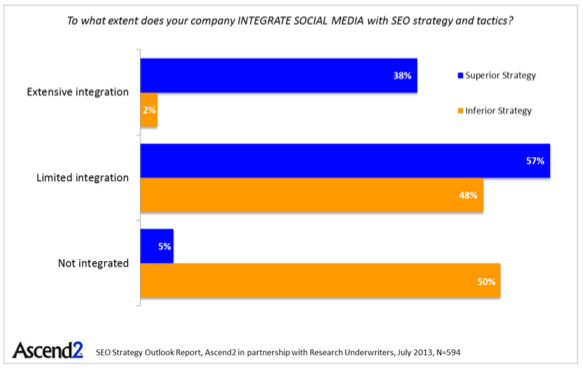 Social media marketers have been aware of Reddit for a long time, and many have even tried to take advantage of the large community. But, the site is notorious for rejecting any attempts to disguise marketing, not to mention being confusing for new users and too streamlined for marketers to track any meaningful data.
Social media marketers have been aware of Reddit for a long time, and many have even tried to take advantage of the large community. But, the site is notorious for rejecting any attempts to disguise marketing, not to mention being confusing for new users and too streamlined for marketers to track any meaningful data.
Now, Marketing Land reports a free new tool called Reddit Insight has been created by Hack Reactor to help Redditors and marketers alike analyze their accounts, posts, keywords, and subreddits.
The tool can analyze an entire profile or a single post simply by entering the username or URL. It displays where users are gaining Karma or Upvotes (signs of approval on the site that also increase visibility of posts)as well as detailed information on numerous other site specific information, such as how keywords are faring by subreddit through word clouds and topic clusters.
The tool allows marketers and analysts to explore the data from as large or small of a scale as you want. While you can overview entire subreddits or user histories, you can also break down how users are reacting to specific comments and interactions.
They present it all in bright colorful graphs that are easy to immediately understand which makes the data both accessible but also great for explaining your social media tactics and their results to clients.






